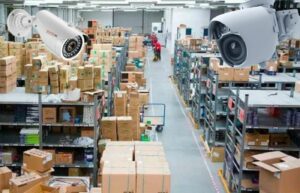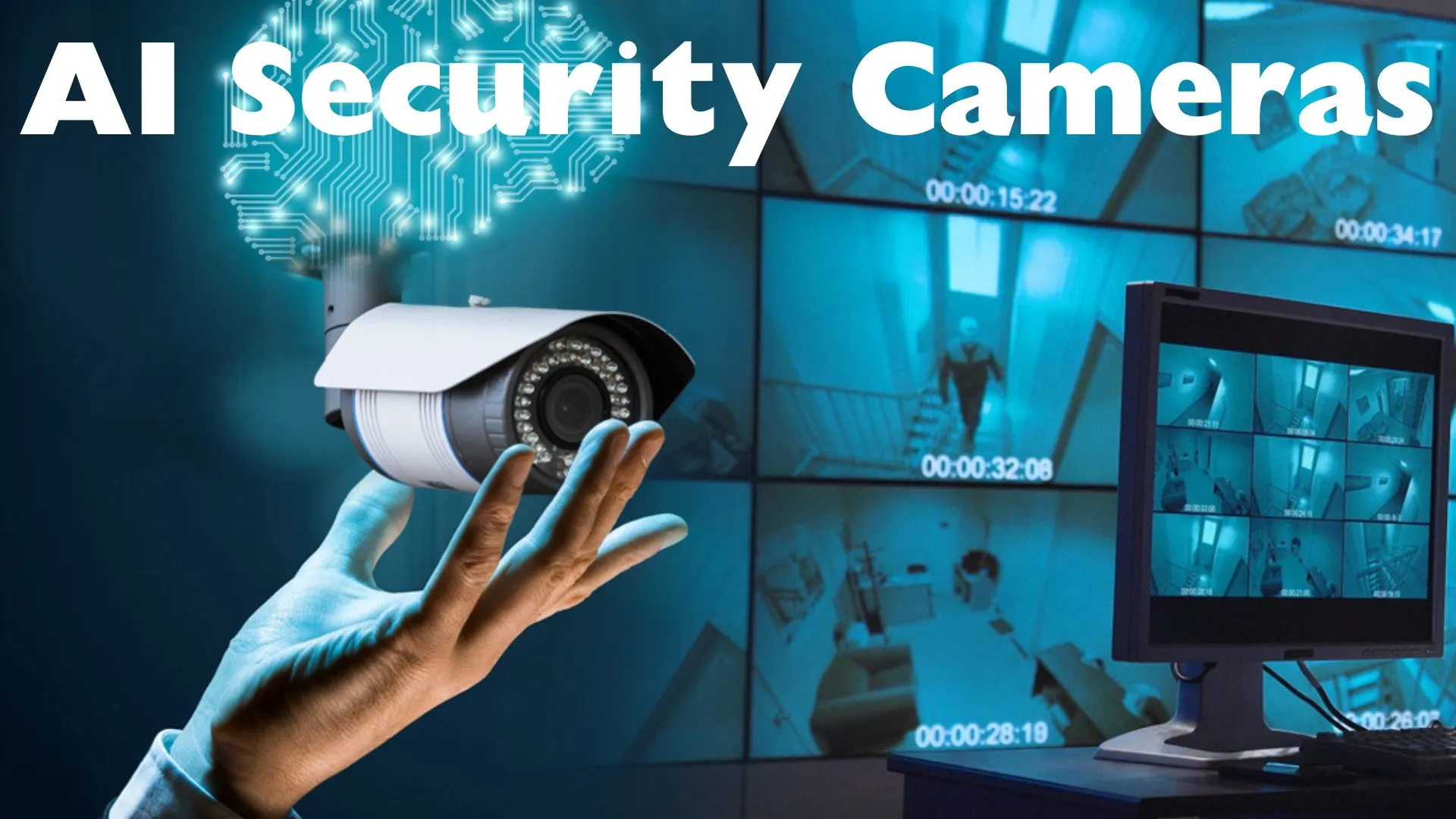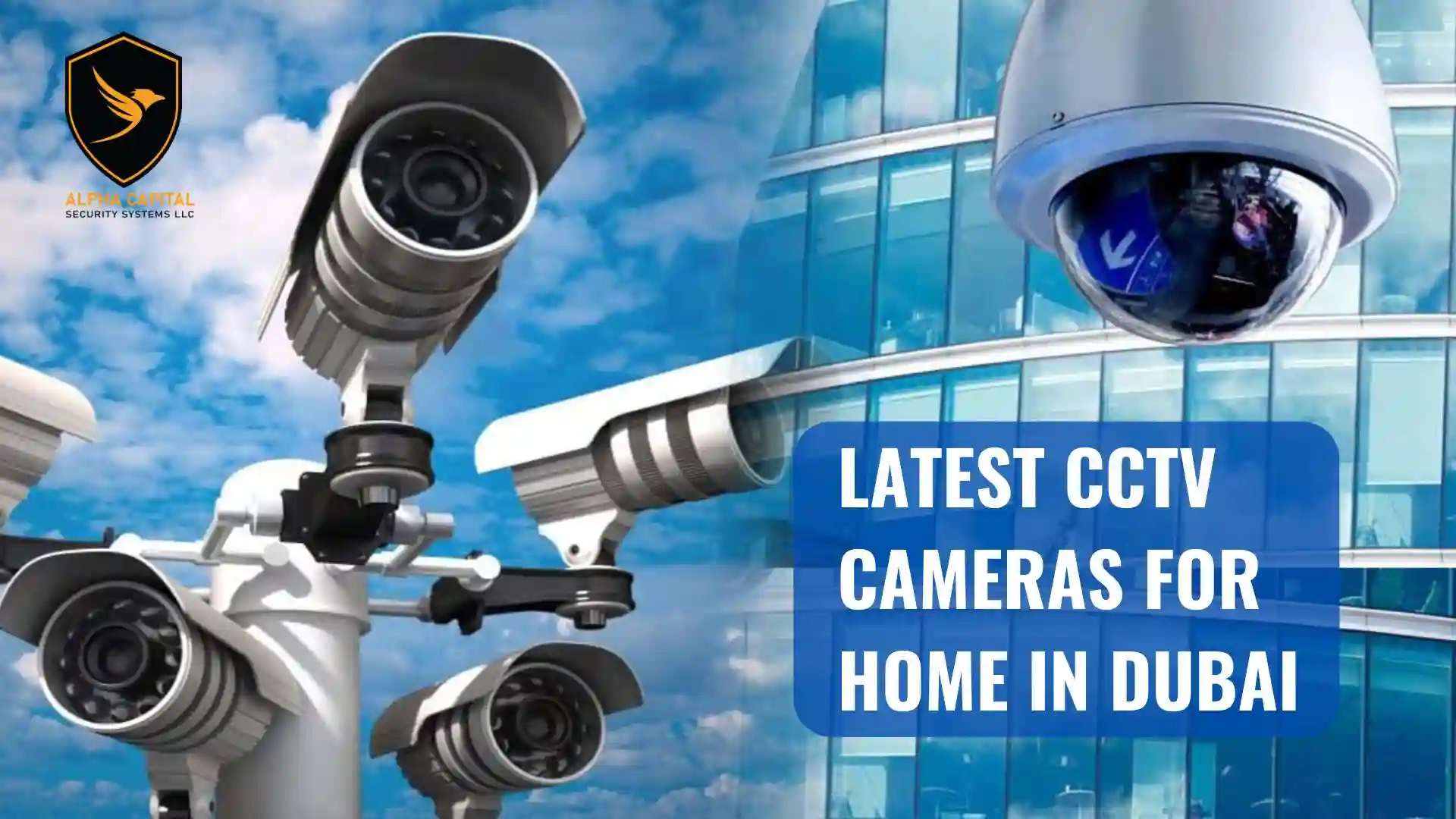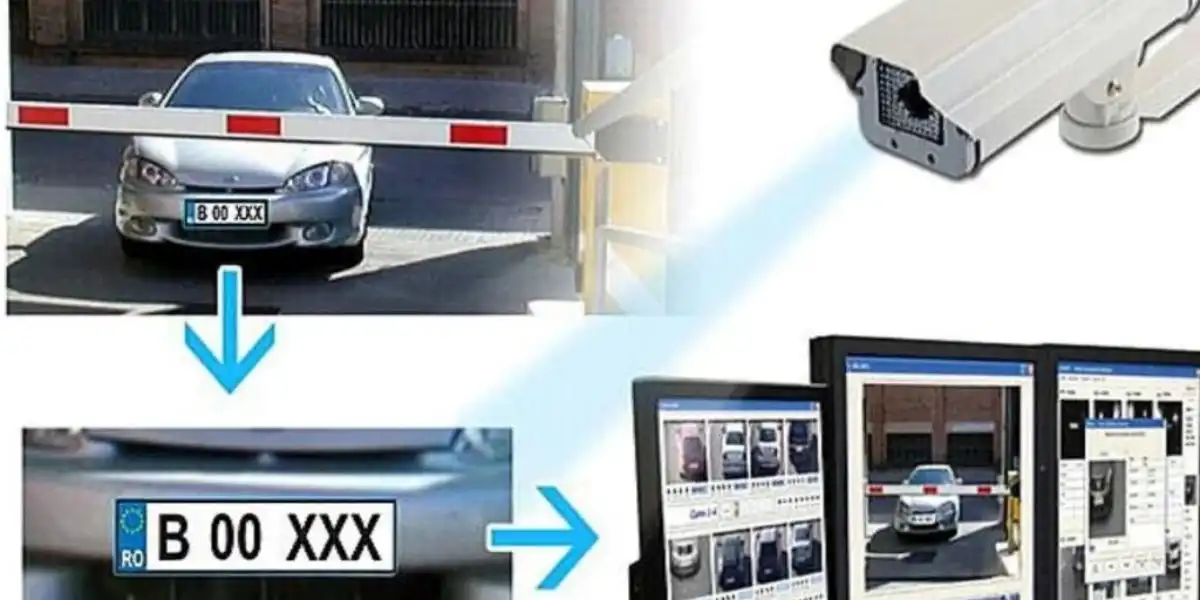Understanding the Role of Thermal Cameras
Wildlife poaching remains a significant threat to threatened animals around the world. Hunters take advantage of the cover of darkness, making it difficult for standard surveillance methods to detect and prevent their unlawful operations. However, as technology advances, thermal cameras have emerged as a game changer in the fight against plant and animal poaching. In this comprehensive study, we examine the critical role of thermal cameras in preventing and detecting natural world poaching by integrating professional thoughts, reputable resources, and real-world assessments.
What are the Role of Thermal Cameras
Thermal cameras, also called infrared cameras, utilize the thermal imaging era to detect and visualize the warmth emitted via dwelling beings and gadgets. These cameras can capture infrared radiation and convert it into pictures, permitting natural world conservationists and regulation enforcement businesses to monitor faraway areas at some stage each day and night time. By understanding the operation of thermal cameras, conservationists can higher harness their ability to combat poaching successfully.
Advantages of thermal imaging
Traditional surveillance methods, inclusive of spotlights and CCTV cameras, have boundaries for detecting poachers in darkish and densely vegetated areas. Thermal cameras provide a wonderful advantage in such eventualities, as they depend upon warmness signatures rather than seen light. This makes them perfect for monitoring the natural world of their herbal habitat without causing disturbance or alerting poachers.
Thermal Imaging in Wildlife Conservation
Thermal imaging generation has revolutionized flora and fauna conservation efforts. The capability to hit upon warmth signatures from a distance presents treasured insights into animal conduct, migration styles, and population dynamics, assisting researchers in making informed conservation selections.
Thermal Cameras and Their Operation
The mere presence of thermal cameras can act as a deterrent to capability poachers. Knowing that their actions can be detected from afar, poachers are much less probable to have interaction in illegal sports. Moreover, thermal cameras may be strategically positioned at essential points, which include watering holes and migratory routes, to create an invisible barrier towards poaching.

The Role of Thermal Cameras in Saving Wildlife
Numerous achievement tales reveal the effectiveness of thermal cameras in wildlife conservation. From apprehending poachers to rescuing injured animals, thermal cameras have performed a pivotal role in safeguarding susceptible species. These heartwarming stories highlight the capacity of this era to make an enormous impact on natural world protection. efforts on valid threats, optimizing sources and response times.
Overcoming Challenges in Thermal Camera Implementation
While thermal cameras offer immense ability, there are challenges to don’t forget in their implementation. Factors along with fee, maintenance, and records evaluation need to be addressed to make sure the sustainable use of this generation in flora and fauna conservation.
The Role of Thermal Cameras in Wildlife Protection
The Role of Thermal Cameras in Preventing Marine Poaching
Thermal cameras are not confined to terrestrial environments; additionally, they have a critical role in fighting marine poaching. By tracking coastlines and marine reserves, thermal cameras can assist the government in hit upon unlawful fishing activities and protect endangered marine species.
Thermal Camera Deployment Strategies
Effective deployment of thermal cameras is vital to maximize their effect. Strategies inclusive of digicam placement, surveillance rotation, and collaboration among businesses can optimize the use of this technology.
The Role of Thermal Cameras in Monitoring Wildlife Health and Behavior
Thermal cameras now not only locate poaching sports but also provide precious insights into flora and fauna health and behavior. By observing temperature versions in animals, researchers can become aware of signs of stress, contamination, or pregnancy, helping inside the general understanding of species dynamics.
Public-Private Partnerships in Wildlife Conservation
Collaboration between public and personal sectors is essential in the fight against wildlife poaching. Thermal digital camera producers, tech organizations, NGOs, and governments can be a part of forces to increase innovative solutions and improve conservation efforts.
The Role of Local Laws and International Treaties
Establishing and imposing sturdy natural world protection legal guidelines at neighborhood and global stages is crucial. With the aid of global treaties, thermal digital camera deployment can come to be a coordinated global effort to fight wildlife poaching.
Building Awareness via Public Campaigns
Public awareness performs an enormous role in flora and fauna conservation. Engaging the general public through campaigns, documentaries, and social media systems can rally help for thermal digital camera tasks and foster a tradition of wildlife maintenance.
Thermal Camera Technology Advancements
Continuous studies and technological improvements improve the abilities of thermal cameras. From better resolution sensors to AI-pushed analytics, staying abreast of those trends enhances the effectiveness of natural world protection.
Thermal Cameras Empowering Local Communities as Wildlife Guardians
Empowering neighborhood groups to become flora and fauna guardians creates a network of stakeholders actively worried about conservation efforts. Thermal cameras can serve as a tool that connects those communities with broader conservation tasks.
Addressing Ethical Concerns in Thermal Camera Usage
As with any technology, there are moral considerations related to thermal camera utilization. Balancing conservation goals with privateness rights and ethical ideas ensures that the advantages of this era are realized responsibly.
Harnessing Data from Thermal Cameras for Research
The vast amount of statistics accumulated through thermal cameras provide opportunities for studies and analysis. Studying animal conduct, migration patterns, and responses to environmental changes can offer important insights for effective conservation techniques.
Tracking and Monitoring Endangered Species with Thermal Cameras
Endangered species require non-stop monitoring to assess their population developments and determine conservation efforts’ effectiveness. Thermal cameras provide a non-intrusive manner to tune and reveal these inclined species.
The Role of Thermal Cameras in Wildlife Rehabilitation
Thermal cameras also play a widespread function in natural world rehabilitation centers. Injured or orphaned animals often want specialized care and attention, and thermal cameras can assist display their development without inflicting extra pressure. Veterinarians and caretakers can use thermal imaging to evaluate the animal’s health, discover any underlying troubles, and make knowledgeable choices regarding their treatment and release back into the wild.
Collaborative Conservation Efforts Across Borders
Wildlife poaching isn’t limited to countrywide barriers, making worldwide cooperation critical in combatting this illegal alternative. Thermal cameras can be deployed in border areas to monitor flora and fauna actions and poaching activities. Collaborative efforts among neighboring nations can give a boost to flora and fauna protection and decrease the drift of unlawful animal merchandise throughout borders.
The Future of Wildlife Protection with Thermal Cameras
As technology maintains to strengthen, the destiny of natural world safety with thermal cameras appears promising. Research and development efforts purpose to enhance camera abilities, increase affordability, and integrate them with different modern-day technologies. The combination of thermal cameras, AI, drones, and superior analytics holds the potential to revolutionize natural world conservation, making it extra efficient and effective than ever before.









